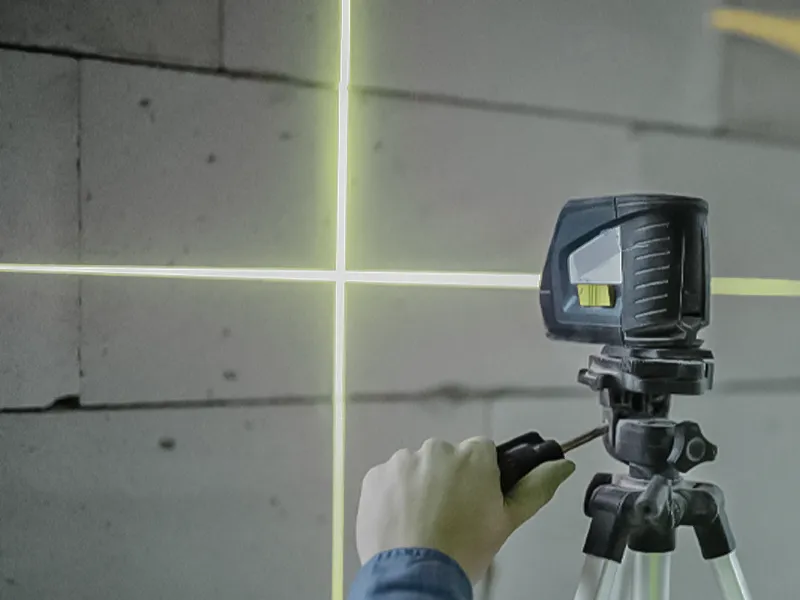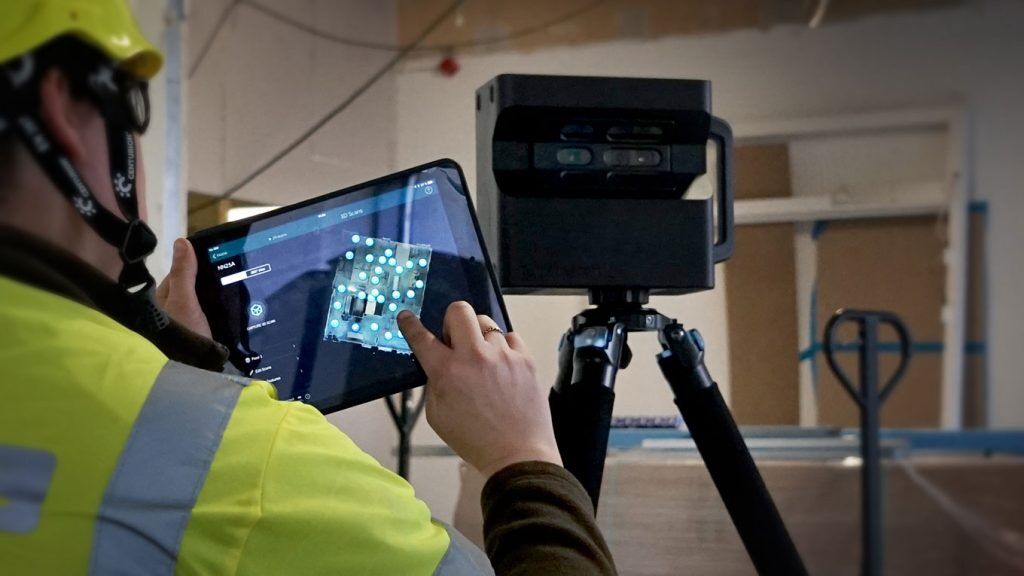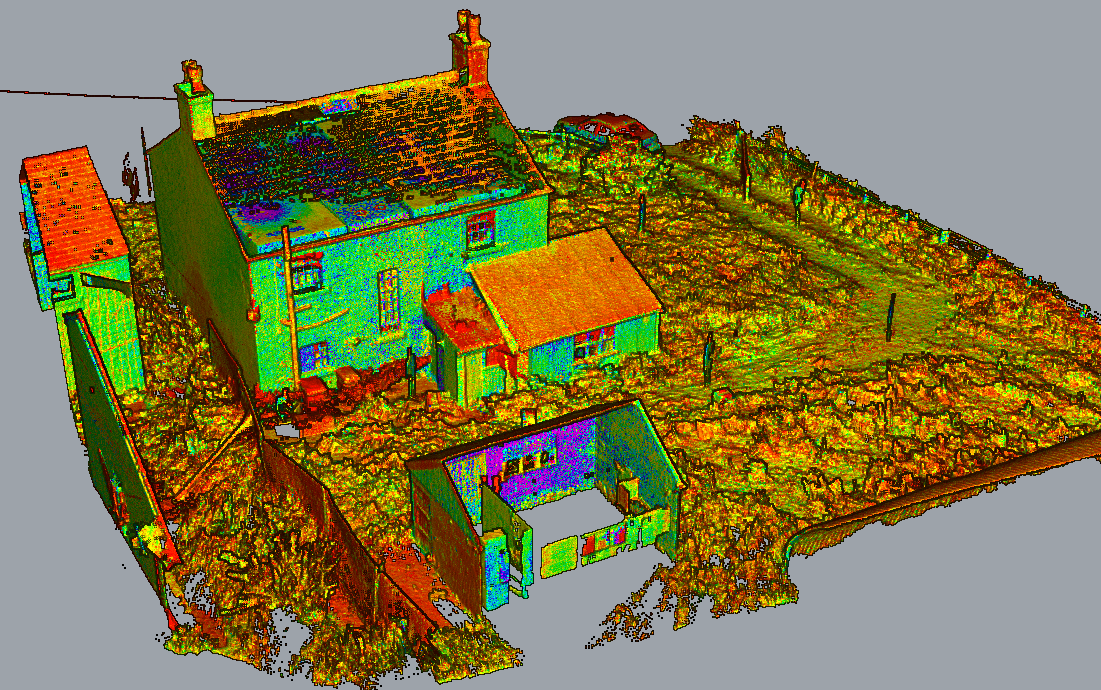Industry Perspectives on the Future of 3D Scanning
Wiki Article
Just How 3D Laser Scanning Changes Architectural Style and Building And Construction Projects
3D laser scanning is transforming the landscape of architectural layout and building. This modern technology provides unequaled accuracy in recording existing environments, which assists in better job preparation and implementation. It minimizes mistakes while boosting performance in numerous stages of development. The ramifications for cooperation amongst designers, engineers, and other stakeholders are substantial. These developments unlock to brand-new design opportunities and innovative services. What lies in advance for this developing modern technology?The Basics of 3D Laser Scanning Modern Technology
3D laser scanning technology might appear complex, its core concepts are transformative and simple for building style. This innovation uses laser beams to capture exact dimensions of physical structures, producing a detailed factor cloud that represents the scanned setting. A laser scanner releases quick pulses of light, gauging the moment it considers the light to return, which permits for the computation of distances with exceptional precision.The resulting point cloud can be transformed right into a 3D version, offering architects with very useful aesthetic data. This version allows specialists to manipulate and analyze style elements within their tasks, enabling for cutting-edge solutions and enhanced visualization. By utilizing 3D laser scanning, architects can better recognize the status quo of a website, making certain that brand-new layouts harmonize with their surroundings. This assimilation of modern technology right into building design notes a significant improvement, promoting imagination and precision in the field.

Enhancing Accuracy and Effectiveness in Architectural Projects
As architectural jobs significantly require precision and rate, 3D laser scanning emerges as an essential tool in improving both precision and performance. This innovation records countless information factors in a quick duration, developing specific and thorough 3D models of existing frameworks. The ability to get accurate measurements reduces the danger of mistakes during the design phase, permitting engineers to picture their jobs with exceptional quality.Additionally, the fast data collection process reduces the moment spent on-site, allowing teams to focus on evaluation and style improvements. With real-time data accessibility, adjustments can be made quickly, advertising a more streamlined workflow. The combination of 3D laser scanning right into architectural techniques not only improves measurement accuracy but also boosts the total project timeline, assisting in quicker decision-making. In a sector where precision is vital, this modern technology stands as a transformative pressure, elevating the requirements of building style and building jobs.
Improving Collaboration Amongst Stakeholders
While standard architectural procedures frequently entail fragmented interaction amongst stakeholders, 3D laser scanning cultivates a more natural joint environment. By offering precise, high-resolution information, this modern technology permits architects, clients, designers, and specialists to operate from a unified point of referral. The in-depth visualizations created through laser scanning get rid of misconceptions and ambiguities, making certain that all events have accessibility to the same details.This openness improves decision-making and encourages timely comments, as stakeholders can quickly imagine layout elements and spatial relationships. On top of that, the combination of 3D scanning data into Structure Details Modeling (BIM) systems additionally improves partnership, permitting real-time updates and modifications. Such smooth interaction not only reduces problems but also accelerates project timelines, as all stakeholders stay aligned throughout the design and construction phases. Inevitably, 3D laser scanning transforms conventional workflows into an extra joint and efficient process, profiting all celebrations included.
Unlocking Creative Possibilities in Layout
By enabling designers to visualize intricate detailed details and spatial relationships, 3D laser scanning reveals innovative opportunities in style. This innovation permits precise mapping of existing settings, making it possible for engineers to discover ingenious principles that might have previously appeared unwise. With highly precise information, designers can trying original site out unique forms and products, pushing the limits of traditional style.Moreover, the combination of 3D laser scanning right into the style procedure fosters partnership amongst multidisciplinary groups, urging the exchange of concepts and enhancing imagination. The comprehensive visualizations created by this technology not just help in recognizing potential style obstacles but also motivate services that may not have been thought about. Therefore, designers can develop extra engaging and vibrant rooms that reverberate with individuals while satisfying practical needs. Inevitably, 3D laser scanning changes the building landscape, encouraging developers to realize their visions with unmatched precision and imagination.
The Future of 3D Laser Scanning in Architecture and Construction
The combination of 3D laser scanning right into building layout not just enhances creative thinking however likewise sets the phase for its developing function in the future of design and building. As innovation developments, the accuracy and performance of laser scanning will certainly proceed to boost, enabling engineers and home builders to develop look here extra intricate styles with accuracy - 3D Scanning. Using this modern technology in real-time information collection will promote much better decision-making, lowering errors and streamlining workflowsFuture applications may consist of augmented and digital truth assimilations, allowing stakeholders to envision projects in immersive settings. In addition, as sustainability comes to be a priority, 3D laser scanning will sustain the advancement of energy-efficient layouts by giving in-depth understandings into existing structures. As cooperation among various techniques becomes more crucial, the ability to share exact 3D versions will promote technology and enhance job end results. Inevitably, 3D laser scanning will certainly redefine standards in architectural design and building and construction methods.
Often Asked Inquiries
What Is the Cost of Implementing 3D Laser Scanning Technology?

For how long Does a Common 3D Laser Scanning Job Take?
A here normal 3D laser scanning task can take anywhere from a couple of hours to a number of days, relying on factors such as the project's size, intricacy, and the level of information needed for exact information capture.What Kinds Of Projects Advantage Most From 3D Laser Scanning?
3D laser scanning benefits numerous projects, especially massive buildings, historic remediations, and complicated restorations. It improves precision in dimensions, lowers errors, and offers detailed data necessary for reliable preparation and implementation in building design and building and construction.
Exist Particular Software Programs Required for 3D Laser Scans?
Yes, details software application are necessary for refining 3D laser scans. 3D Scanning. Popular alternatives include Autodesk ReCap, Faro Scene, and Leica Cyclone, each offering distinct features customized for assessing and visualizing checked information effectively in various tasksHow Does 3D Laser Scanning Impact Environmental Sustainability in Construction?
3D laser scanning enhances ecological sustainability in building and construction by decreasing product waste, allowing exact measurements, and promoting reliable source use. This innovation enables far better planning, reducing the eco-friendly impact of building and construction projects with improved precision and performance.3D laser scanning is changing the landscape of building design and building. 3D laser scanning technology might seem complex, its core principles are simple and transformative for architectural style. By allowing designers to picture complicated complex details and spatial connections, 3D laser scanning reveals creative possibilities in design. The integration of 3D laser scanning into the design process promotes cooperation among multidisciplinary groups, encouraging the exchange of ideas and improving creative thinking. The combination of 3D laser scanning into architectural design not only enhances imagination but additionally establishes the stage for its advancing role in the future of design and building.
Report this wiki page